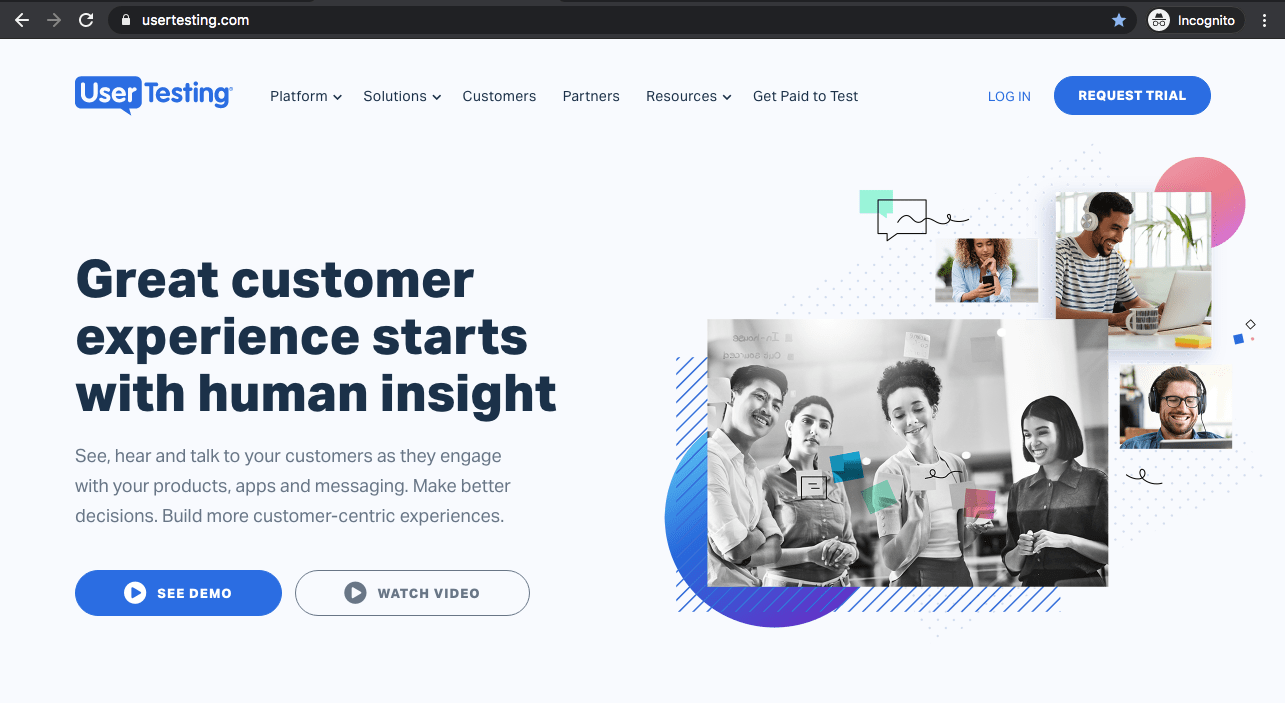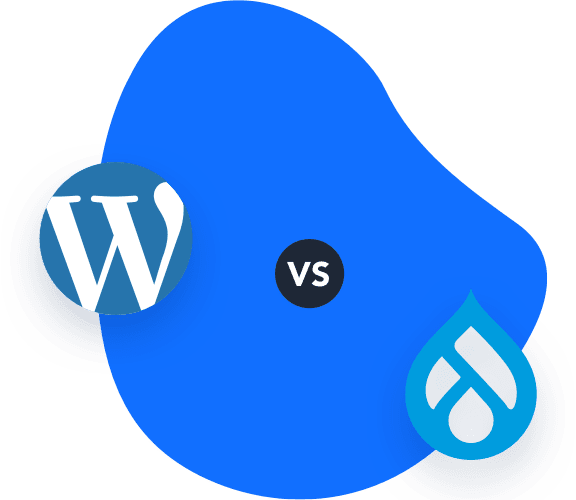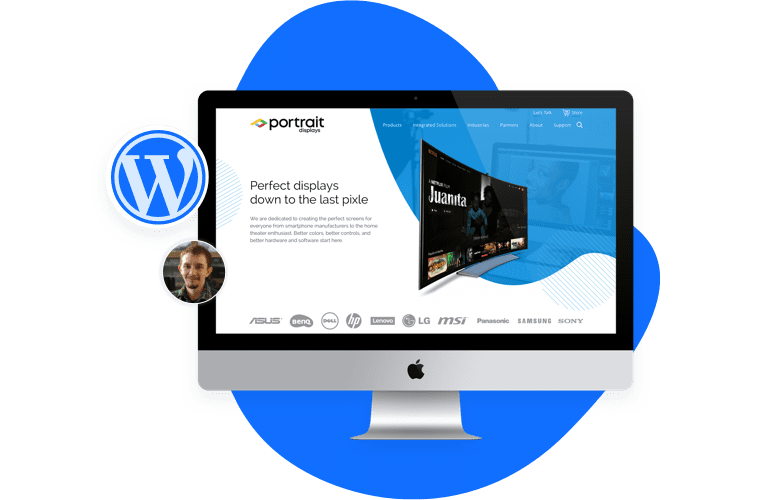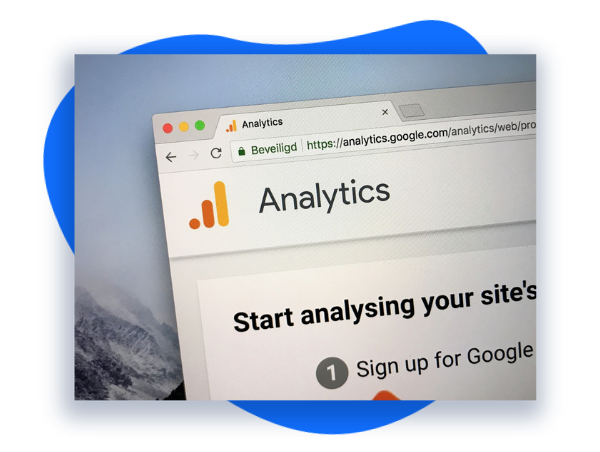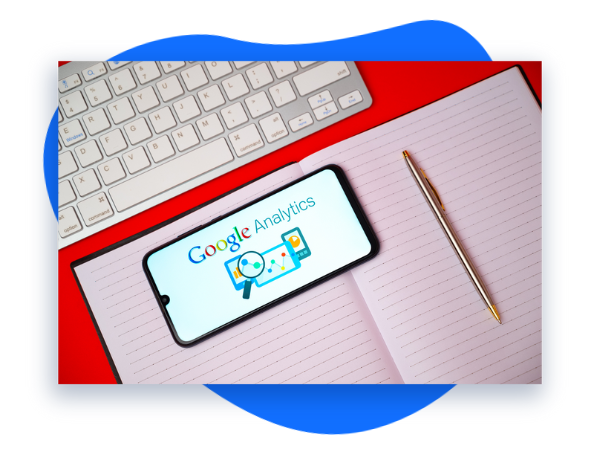Effective Communication in the 21st Century – Social Media
In the past 10 years, we have witnessed a communication revolution.
In a recent blog post on Flip the Media, Hanson Hosein, Director of the Master’s of Communication in Digital Media (MCDM) program at the University of Washington did a great job of summarizing this change:
“Effective communication in the 21st century requires us to build relationships by telling our story and providing value-added content to online community platforms, quite often with inexpensive, amateur content creation and distribution tools. This approach reflects current economic and budgetary realities, as well as a need to engage people with entrepreneurial zeal.”
The key concepts from this quote include:
- Building relationships
- Telling stories
- Providing value-added content
- Use of inexpensive, amateur content creation and distribution tools
Building Relationships
With the advent of social networks and social media in general, the world has started to build relationships in new and exciting ways. Staying in touch with friends is easier than ever. With web 2.0 we can now connect with people we never would have met before. Communication is cheaper, faster, and more convenient then ever before thanks to social media around the web. These things are all positive and have helped strengthen – not destroy – personal relationships.
What is perhaps even more exciting is the change we are starting to see in the business world. In the latter half of the 20th century, advertising was based on broadcasting to people. Communication was very top-down.
Advancements in technology have flipped the traditional structure upside down. If companies wish to succeed, they must have conversations with their customers through social media. Companies are going to have to be personal, and they must actually listen to their clients. Being faceless isn’t going to work in the 21st century
How much will this cost me?
Creating content used to be a challenging and costly endeavour. High-quality cameras were expensive, and editing equipment was complex and difficult to use. On top of that, distributing content was a major hurdle, with television, radio, and print media being the only options to reach a broad audience—options that were often out of reach for small businesses due to the high costs involved.
Today, the landscape has changed dramatically. You can now purchase a high-definition camera with built-in editing software, easily connect it to any laptop, and edit your videos with ease. Once your video is ready, you can distribute it on free social platforms like YouTube. While producing a good video still requires some basic skills and creativity, the barriers to entry are far lower than ever before. The affordability and accessibility of content creation and distribution now allow businesses to connect with customers in ways that were previously unimaginable.
What does this all mean?
What this all means is businesses need to rethink the ways they do marketing. Consumers are looking for personal stories and relationships, not faceless advertising. Fortunately, telling these stories and building these relationships is far easier and cheaper than ever before. We believe this is great for both business and consumers, as it helps connect your target prospects to your business emotionally, increase user loyalty, deliver your company’s message clearly, and confirm your credibility.
Call us optimistic – but at Sayenko Design, we believe the days of manipulative advertising are slowly fading away. These ads are being replaced by more honest and authentic communication between consumers and businesses. One thing is for sure – business and brand loyalty has taken leaps and bounds to help connect small businesses to their consumers. It is time to take advantage.


